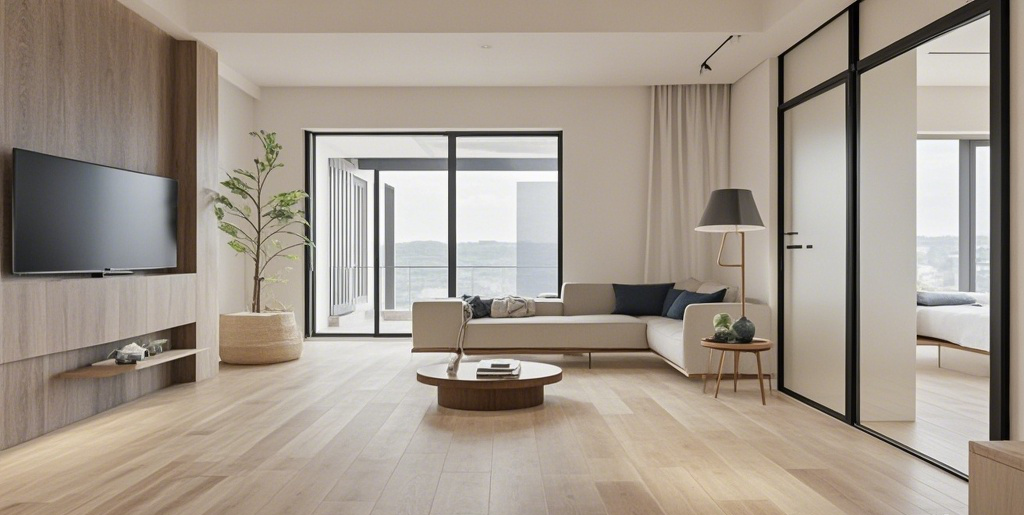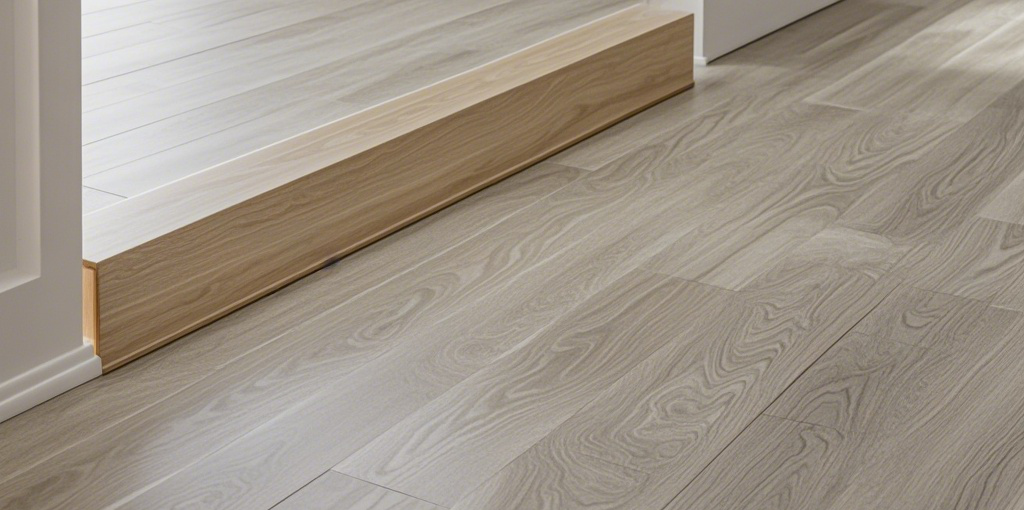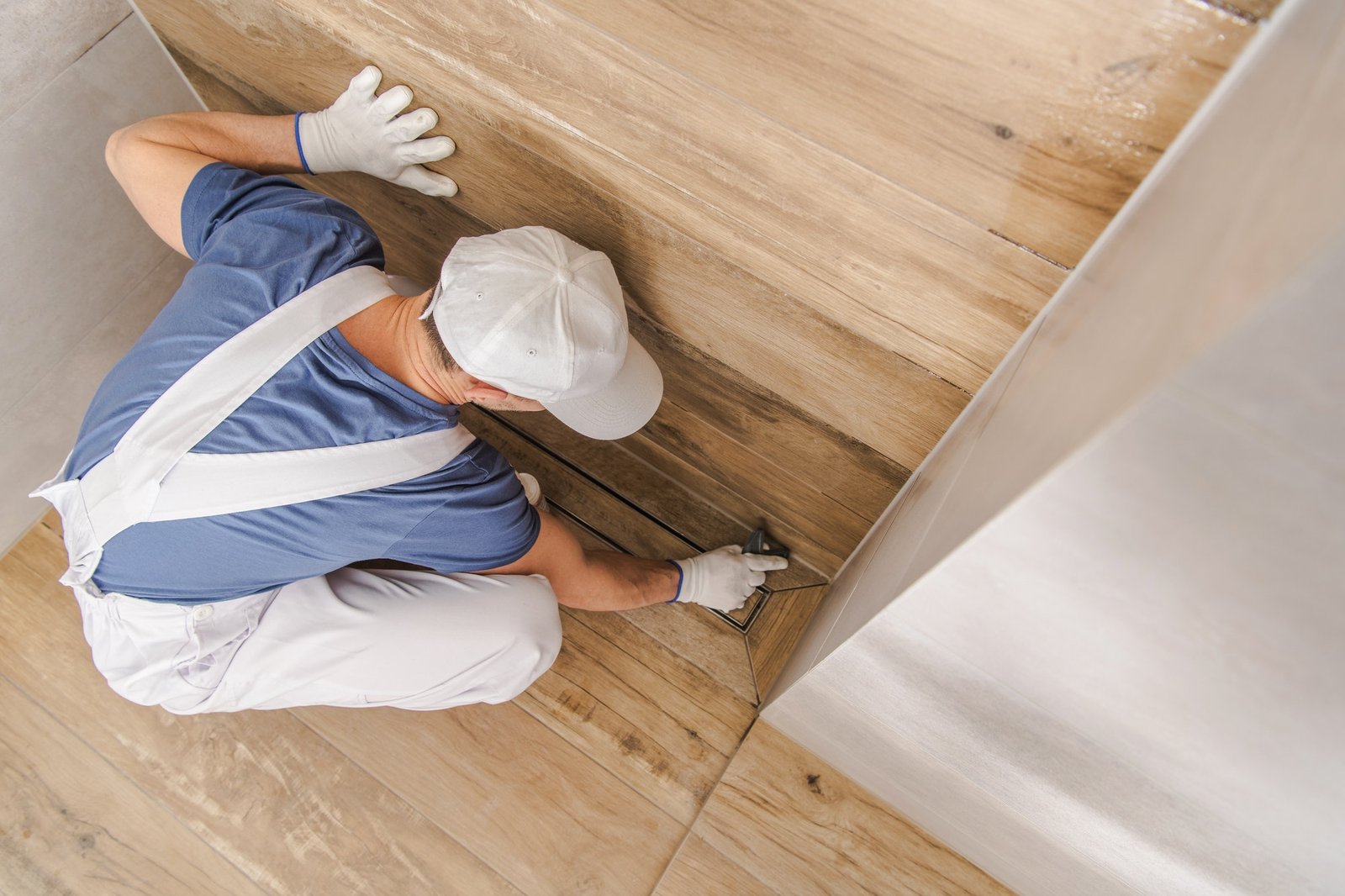
When choosing flooring, water resistance is a critical factor, especially for areas prone to moisture like kitchens, bathrooms, and basements. But can SPC (Stone Plastic Composite) flooring handle exposure to water without damage? Ignoring this question might lead to costly replacements or repairs if your flooring cannot withstand wet conditions.
Yes, SPC flooring is 100% waterproof, making it an excellent choice for wet areas like kitchens, bathrooms, and basements. Its rigid core prevents swelling, warping, or damage when exposed to moisture. However, while SPC flooring itself can handle water, subflooring and seams require proper attention to avoid long-term issues.
Read on to explore the water-resistance capabilities of SPC flooring, its limitations, and how to maximize its performance in wet environments.
What makes SPC flooring waterproof?
SPC flooring’s waterproof properties come from its unique multi-layered construction, which is specifically engineered to resist water damage.
Waterproof snippet
SPC flooring is made with a rigid, waterproof core composed of stone and plastic, ensuring it remains unaffected by water exposure.

- Core composition: The rigid core in SPC flooring is made of stone-plastic composite, a dense and non-porous material that prevents water from penetrating or causing swelling.
- Wear layer: A durable top layer protects against surface water, spills, and stains, ensuring the flooring remains easy to clean and maintain.
- No expansion or contraction: Unlike wood or laminate, SPC flooring does not warp or expand when exposed to moisture, making it stable in wet conditions.
| SPC Feature | Waterproof Advantage | Example Use Cases |
|---|---|---|
| Rigid core | Prevents swelling/warping | Bathrooms, kitchens |
| Wear layer | Resists surface damage | Entryways, laundry rooms |
| Stability | No moisture impact | Basements, wet areas |
SPC flooring is completely waterproof.True
Its rigid core and non-porous layers ensure no water penetration or damage.
Can SPC flooring withstand standing water?
While SPC flooring is waterproof, how well does it handle standing water, and are there any limitations? Knowing this can help prevent misuse or damage in extreme scenarios.
Standing water snippet
SPC flooring can tolerate standing water without swelling or warping, but prolonged exposure may affect seams or subflooring if not properly installed.

- Impact on seams: While the planks are waterproof, water can seep through the seams if they are not tightly locked or properly sealed.
- Subfloor concerns: Water trapped underneath SPC flooring can damage the subfloor, especially if it is made of wood or other moisture-sensitive materials.
- Cleaning standing water: Promptly cleaning up standing water prevents potential issues with mold or odors developing in hidden areas.
| Factor | SPC Flooring Performance | Maintenance Tips |
|---|---|---|
| Standing water | Tolerates without damage | Clean promptly to prevent mold |
| Seams | Potential weak point | Ensure tight installation |
| Subfloor impact | Subfloor may be affected | Use moisture-resistant underlayment |
Standing water cannot damage SPC flooring.True
SPC flooring itself is unaffected, but care is needed to protect seams and subflooring.
How does SPC flooring compare to other waterproof flooring options?
When considering water resistance, how does SPC flooring measure up to other waterproof flooring types like vinyl, tile, or laminate?
Comparison snippet
SPC flooring offers superior waterproofing compared to laminate and standard vinyl, while being easier to install and more comfortable than ceramic tiles.

- SPC vs. laminate: Laminate flooring is water-resistant but not waterproof, making SPC the better choice for wet areas.
- SPC vs. tile: Ceramic tiles are waterproof but can be cold and hard underfoot. SPC combines water resistance with a more comfortable feel.
- SPC vs. luxury vinyl: Both are waterproof, but SPC’s rigid core provides better stability and durability in moisture-prone areas.
| Flooring Type | Waterproof Rating | Key Advantages |
|---|---|---|
| SPC Flooring | Excellent (100% waterproof) | Comfort, ease of installation |
| Laminate Flooring | Moderate (Water-resistant) | Affordable, realistic visuals |
| Tile Flooring | Excellent (Waterproof) | Extreme durability |
| Luxury Vinyl Flooring | Excellent (Waterproof) | Flexible, affordable |
SPC flooring is one of the best waterproof flooring options.True
SPC’s rigid core and multi-layer construction make it highly water-resistant.
What precautions should you take with SPC flooring in wet areas?
While SPC flooring is waterproof, proper installation and maintenance are essential for optimal performance in moisture-prone environments.
Precautions snippet
Sealing seams, using moisture-resistant underlayment, and addressing spills promptly ensure SPC flooring performs well in wet areas.

- Seal seams: For areas like bathrooms or basements, consider applying a waterproof sealant to the seams to prevent water infiltration.
- Underlayment: Use a moisture-resistant underlayment for installations over concrete or in high-moisture areas to protect the subfloor.
- Proper installation: Ensure planks are tightly locked and level to avoid gaps where water can seep through.
- Prompt cleaning: Wipe up spills and standing water quickly to maintain a clean and odor-free surface.
| Precaution | Benefit | Recommended Area |
|---|---|---|
| Seam sealing | Prevents water seepage | Bathrooms, kitchens |
| Moisture barrier | Protects subfloor | Basements, concrete floors |
| Tight installation | Reduces weak points | Any wet environment |
SPC flooring does not require special precautions in wet areas.False
Proper installation and precautions ensure maximum performance in moisture-prone environments.
Conclusion
SPC flooring’s 100% waterproof nature makes it an ideal choice for wet and high-moisture areas. However, while the material itself can handle water exposure, ensuring proper installation and addressing issues like seams and subfloor protection is essential for long-term performance. With the right precautions, SPC flooring can provide a durable, water-resistant surface for any part of your home or commercial space.
Call to Action
Are you ready to upgrade to waterproof SPC flooring? Contact our team today for expert advice and explore a range of high-quality SPC products designed for wet environments. Let us help you create a space that combines style, durability, and water resistance!
External Footnotes Links
- SPC Flooring Waterproof Capabilities
- Best Practices for Installing SPC Flooring in Wet Areas
- SPC vs. Laminate: Water Resistance Comparison
- Seam Sealing Techniques for SPC Flooring
- Luxury Vinyl vs. SPC Flooring: Key Differences
- Protecting Subfloors with Moisture Barriers
- SPC Flooring in Bathrooms: Tips and Tricks
- How to Address Standing Water on Floors
- Understanding the Rigid Core in SPC Flooring
- Waterproof Flooring Solutions for Basements


